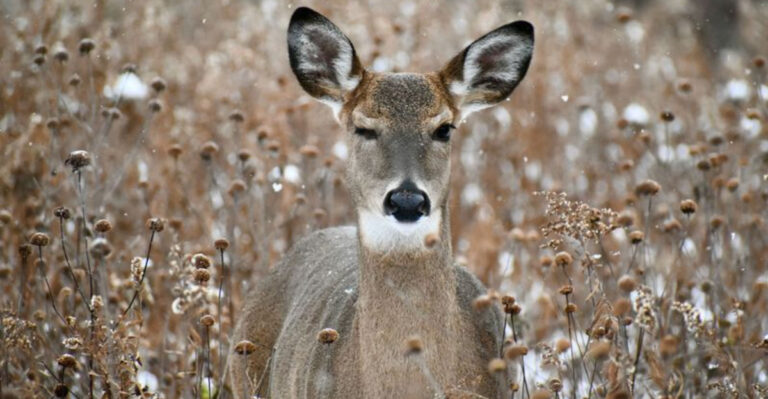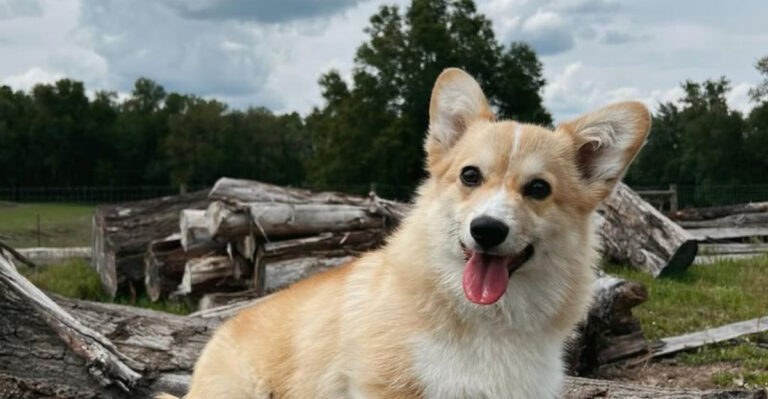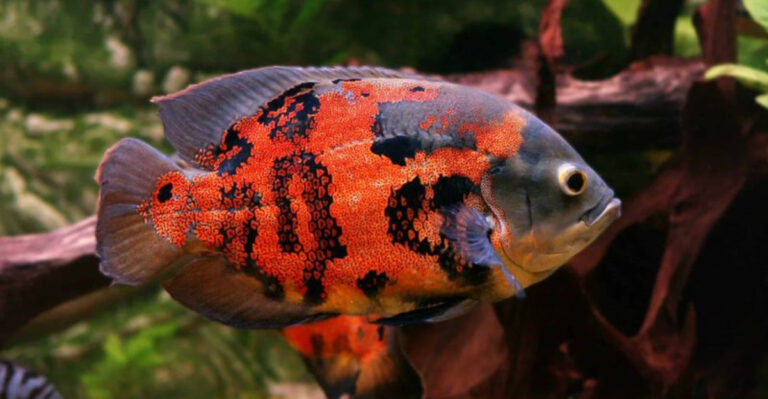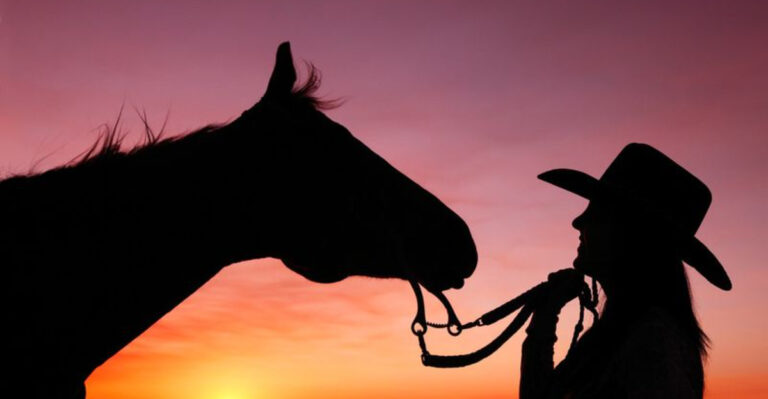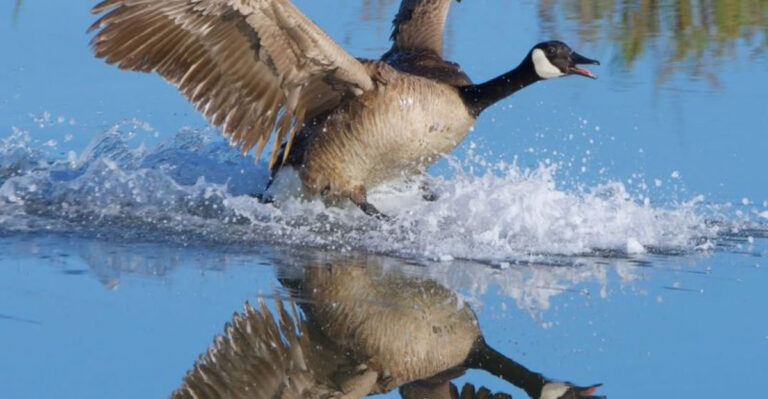15 Fascinating Facts About Zebras That Will Surprise You

Ever wondered why zebras rock those iconic black and white stripes? These wild relatives of horses aren’t just fancy-looking animals – they’re full of surprising secrets!
From their unique social habits to their remarkable adaptations for survival in the African wilderness, zebras have evolved some truly mind-blowing characteristics that most people never learn about.
1. Fingerprint-Like Stripes

Just like your fingerprints, no two zebras have identical stripe patterns! Rangers and researchers use these unique markings to identify individual animals in the wild. The distinctive pattern forms before birth and remains unchanged throughout the zebra’s life.
This natural identification system helps mothers recognize their foals in a herd and enables scientists to track specific animals without tagging them.
2. Black With White Stripes, Not Vice Versa
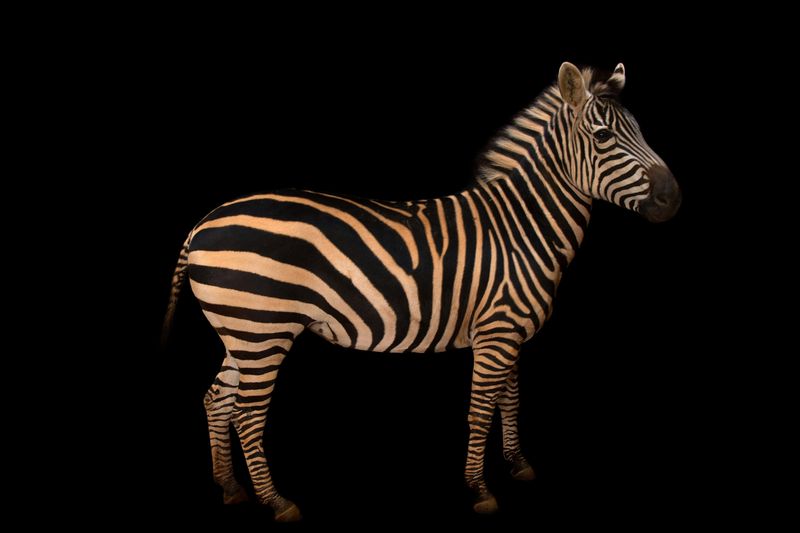
Contrary to popular belief, zebras are actually black animals with white stripes, not white with black stripes! Their skin underneath the fur is predominantly black.
The white stripes appear where pigment cells fail to develop. If you shaved a zebra (please don’t), you’d find dark skin except under the white-striped areas. This surprising fact challenges our common perception of these iconic animals.
3. Natural Bug Repellent
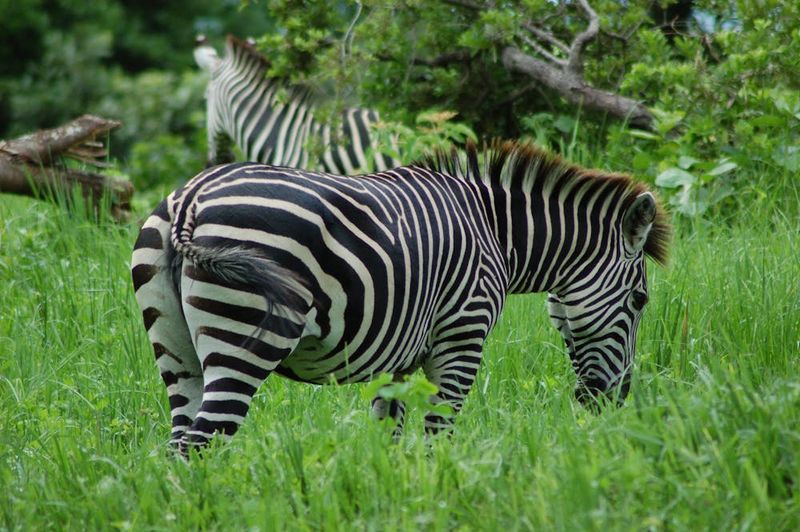
Those fancy stripes aren’t just for show – they function as a natural insect repellent! The pattern creates an optical illusion that confuses biting flies and other pests.
Research shows that flies have a harder time landing on striped surfaces compared to solid-colored ones. The alternating patterns create air temperature variations above the skin that disrupt the visual systems of biting insects, giving zebras built-in pest protection.
4. Built-In Air Conditioning
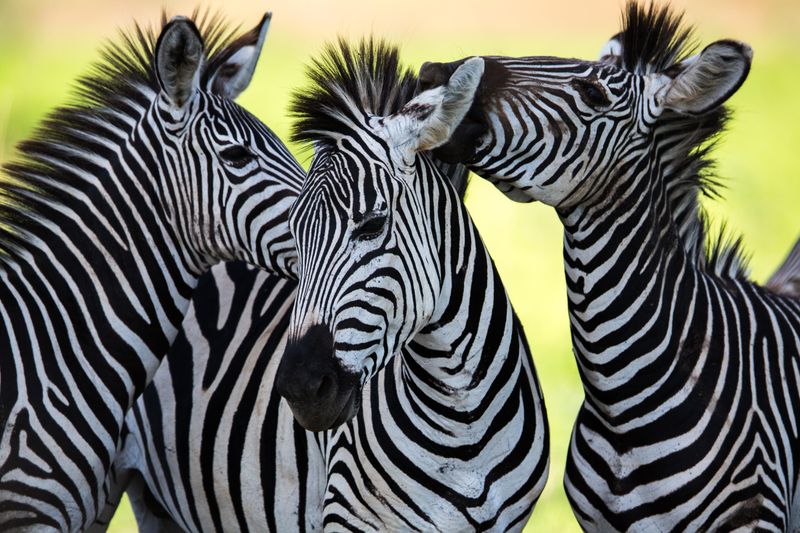
Zebras use their stripes as a natural cooling system! The black and white pattern creates small air currents that help regulate body temperature in the hot African sun. The dark stripes absorb heat while the light ones reflect it, generating tiny convection currents between them. This clever adaptation helps zebras stay cool even when temperatures soar, functioning like a primitive but effective air conditioning system.
5. Memory Champions

Move over, elephants – zebras have incredible memories too! They can remember migration routes spanning hundreds of miles and recognize other zebras they haven’t seen for years.
This remarkable memory helps them navigate to distant water sources during droughts. Older herd members serve as living maps, guiding younger zebras along traditional pathways their ancestors have used for generations, ensuring the survival of the entire group.
6. Speedy Escape Artists

When danger strikes, zebras can bolt from zero to 40 miles per hour in mere seconds! Their speed rivals that of many predators, giving them a fighting chance against lions and hyenas. Young zebras can run alongside their mothers within an hour of birth. Their powerful legs aren’t just built for speed – they can deliver bone-crushing kicks that even lions have learned to respect, making zebras far from easy prey.
7. Nap Standing Up
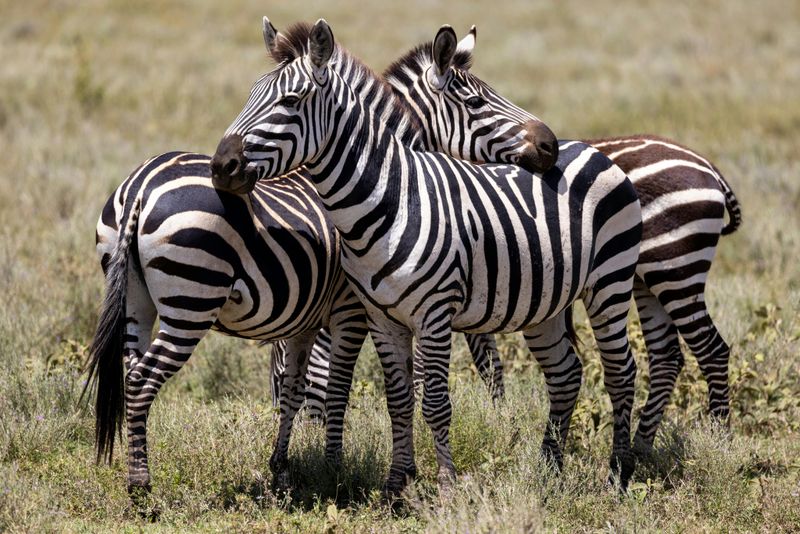
Power naps are a zebra specialty! They can sleep standing up thanks to a special “stay apparatus” in their legs that locks their joints in place without using muscle energy.
This adaptation allows them to doze while remaining ready to flee from predators. Zebras typically sleep for only about 2.5 hours daily, usually broken into several short naps, with just one member of the herd sleeping deeply at a time.
8. Social Butterflies
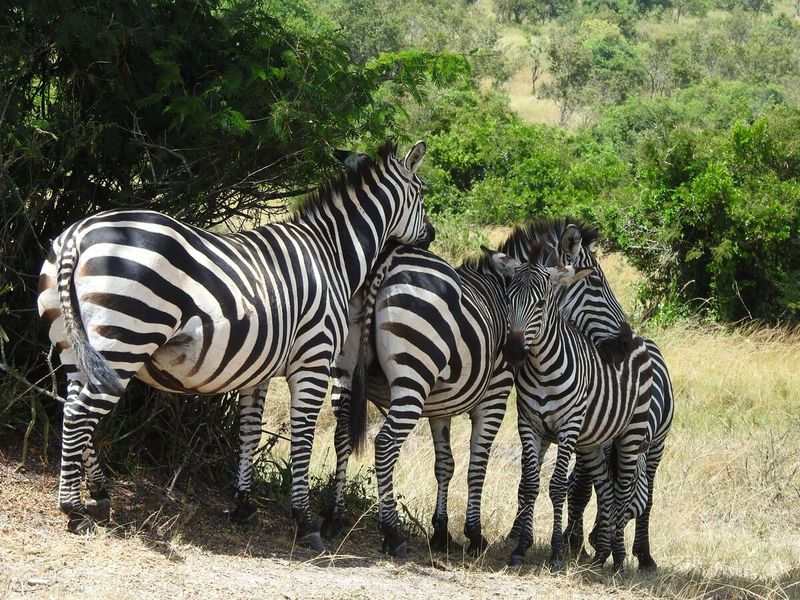
Far from loners, zebras form tight-knit social groups called harems or dazzles, typically consisting of one stallion, several mares, and their young ones. Within these groups, zebras communicate through facial expressions, ear positions, and various vocalizations.
They even groom each other to strengthen social bonds. The collective stripes of a moving herd create a visual confusion that makes it harder for predators to single out individuals.
9. Excellent Night Vision
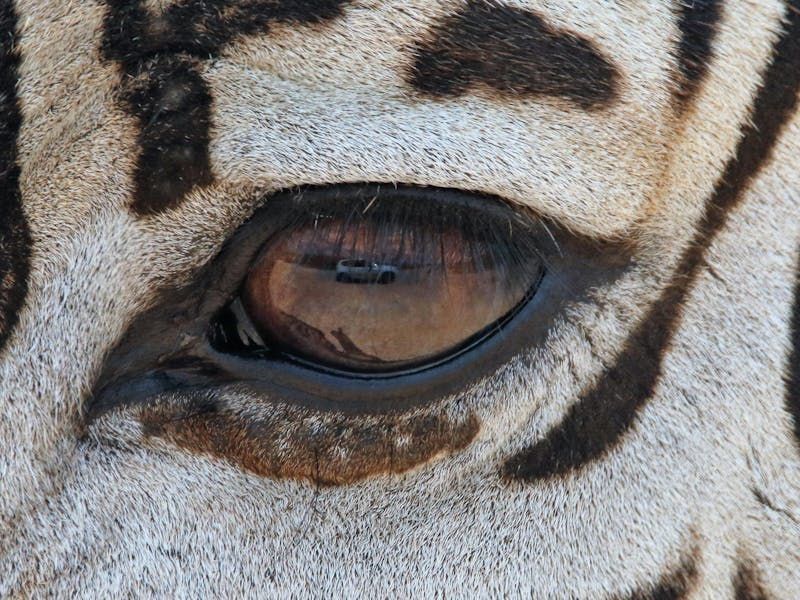
Zebras can see clearly in the dark, with night vision that outperforms many other grazing animals. This adaptation allows them to spot predators during nighttime hours when big cats typically hunt.
Their eyes are positioned on the sides of their head, giving them nearly 360-degree vision. This remarkable visual field helps them monitor their surroundings constantly while grazing, making it almost impossible for predators to approach undetected.
10. Baby Zebras Imprint On Mom’s Stripes
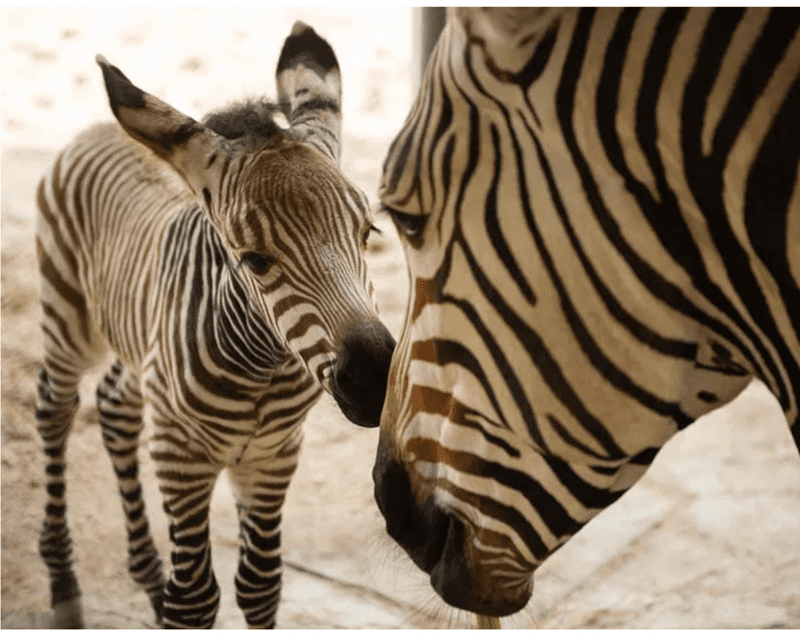
Newborn zebras memorize their mother’s unique stripe pattern within the first hour of life! This rapid imprinting helps foals find their mothers in the chaos of a moving herd.
For the first few days, mother zebras keep their babies separated from the herd, allowing this crucial bonding to occur. The foal follows its mother exclusively, learning her scent, voice, and distinctive stripe pattern before joining the larger group.
11. Three Distinct Species
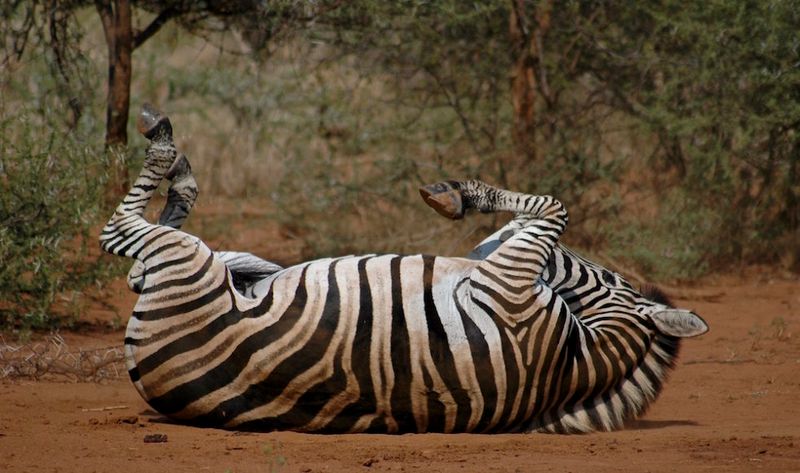
Not all zebras are created equal! There are three different species: Plains, Mountain, and Grevy’s zebras, each with unique characteristics and habitats. Plains zebras have broader stripes and are the most common.
Mountain zebras have a grid-like pattern and a distinctive “dewlap” fold on their throat. The endangered Grevy’s zebra, the largest of the three, has narrow stripes, a white belly, and large rounded ears.
12. Extraordinary Hearing Abilities
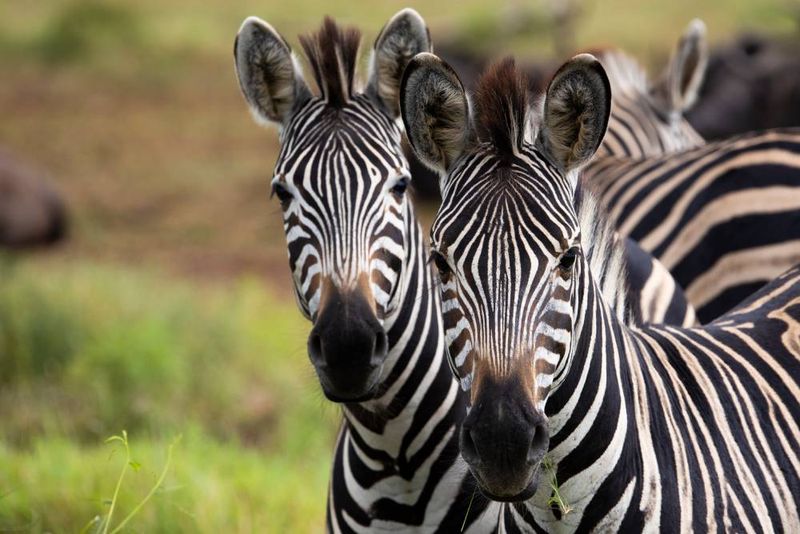
Those distinctive upright ears aren’t just for show – zebras can rotate them independently to track sounds from multiple directions simultaneously! Their hearing is so sensitive they can detect the movements of predators from great distances.
Zebras can even recognize each other’s voices, with each animal having a unique call that family members can identify. This acoustic recognition system works alongside visual identification to maintain herd cohesion.
13. Stripes Confuse Predators
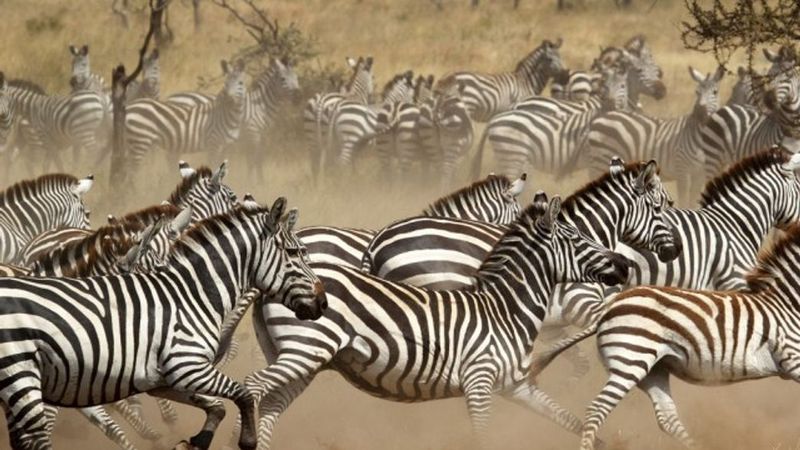
When zebras run together, their stripes create a dazzling optical illusion that makes it difficult for predators to single out individual targets!
This phenomenon, known as “motion dazzle,” confuses the visual perception of lions and other hunters. The blending of multiple striped patterns makes it challenging for predators to judge the speed, direction, and boundaries of specific zebras, giving the herd a survival advantage during attacks.
14. Zebras Never Domesticated
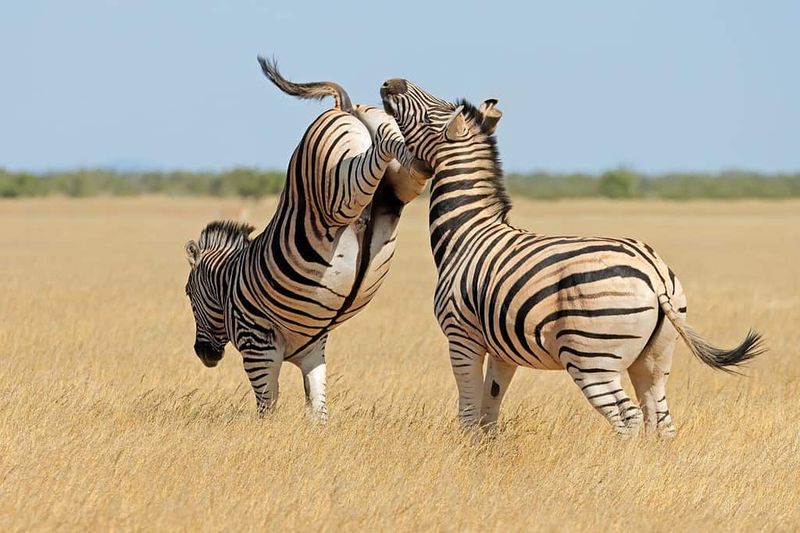
Despite countless attempts throughout history, zebras have never been successfully domesticated like their horse cousins. Their unpredictable nature and tendency to panic make them unsuitable as working animals.
They maintain a strong fight-or-flight response that humans haven’t been able to breed out. While individual zebras may become accustomed to humans, they retain their wild instincts and can become dangerous without warning, delivering powerful kicks that can seriously injure or kill.
15. Unique Dental Records
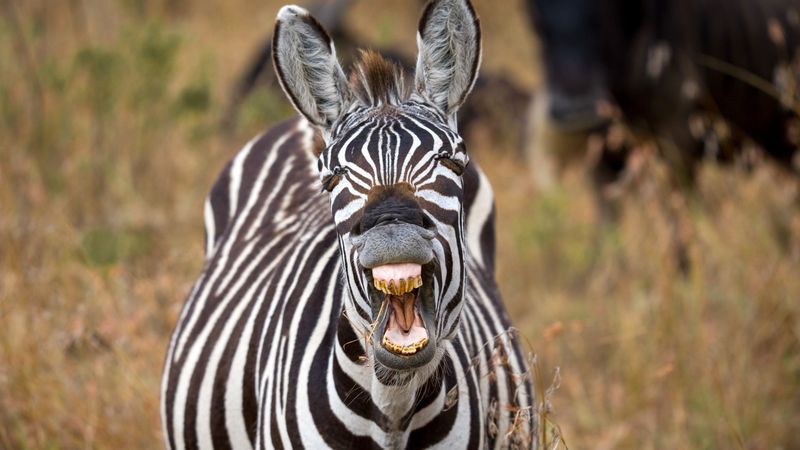
Open wide! Zebras have specialized teeth that continuously grow throughout their lives to compensate for wear from their rough, grass-heavy diet.
Their front teeth are designed for cropping grass, while their back teeth have ridged surfaces perfect for grinding tough vegetation. A zebra’s dental pattern is so distinctive that experts can identify species, age, and even diet from tooth marks left on plants in the wild.

